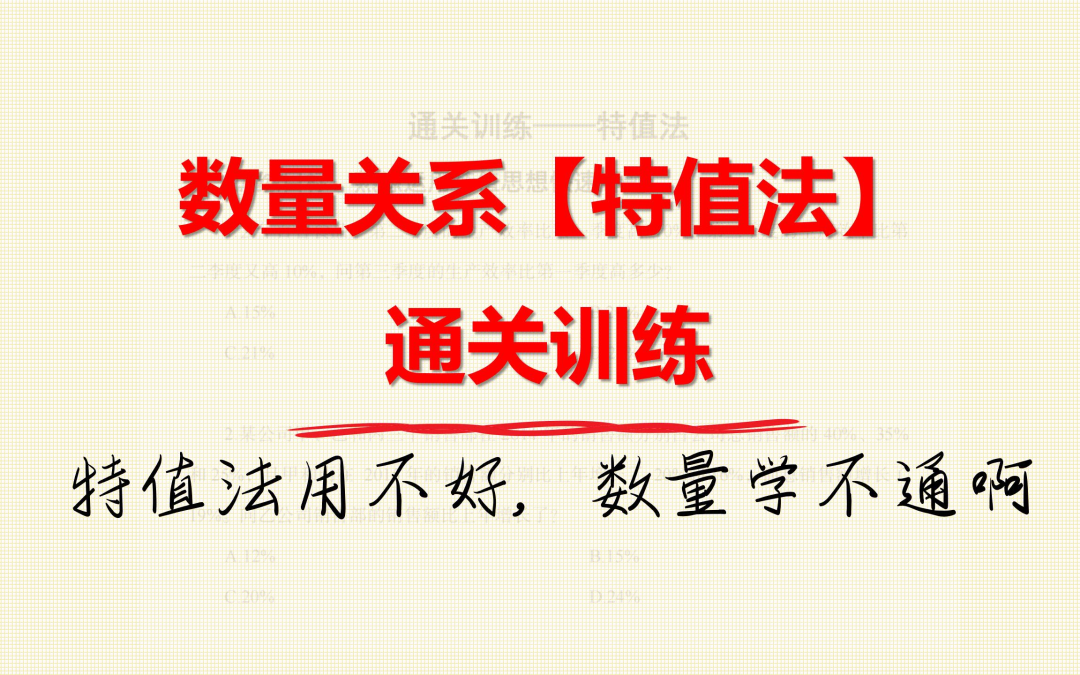Java响应式编程是一种基于异步和非阻塞的编程范式,旨在处理现代应用中日益增长的高并发、海量数据以及低延迟需求。通过响应式编程,开发者能够以更加优雅和高效的方式编写能够应对这些挑战的应用程序。
Quick start



java">import reactor.core.publisher.Flux;
import reactor.core.publisher.Mono;public class ReactiveExample {public static void main(String[] args) {// 使用Mono表示一个单一的值Mono<String> mono = Mono.just("Hello, Reactive World!");mono.subscribe(System.out::println);// 使用Flux表示多个值的序列Flux<Integer> flux = Flux.just(1, 2, 3, 4, 5);flux.map(i -> i * 2).subscribe(System.out::println);}
}
体现被背压的例子
背压(Backpressure)是响应式编程中的一个重要概念,特别是在数据生产者和消费者之间的速率不匹配时尤为重要。当数据生产者的速度超过了消费者的处理能力时,背压机制允许消费者通知生产者减慢数据的发送速度,避免系统过载。
下面是一个简单的Java示例,展示了如何使用Reactor库中的 Flux 和背压机制。在这个例子中,我们将创建一个快速生产数据的 Flux,然后使用背压机制让消费者以更慢的速度处理这些数据。
java">import reactor.core.publisher.Flux;
import reactor.core.scheduler.Schedulers;
import java.time.Duration;public class BackpressureExample {public static void main(String[] args) throws InterruptedException {// 创建一个每隔10毫秒产生一个元素的FluxFlux<Long> fastProducer = Flux.interval(Duration.ofMillis(10)).onBackpressureBuffer(10, dropped -> System.out.println("Dropped: " + dropped)).take(100); // 仅处理前100个元素// 让消费者处理每个元素的速度慢于生产者fastProducer.publishOn(Schedulers.boundedElastic()) // 使用一个独立的线程来处理.doOnNext(item -> {try {// 模拟慢速消费者,处理每个元素需要100毫秒Thread.sleep(100);System.out.println("Processed: " + item);} catch (InterruptedException e) {e.printStackTrace();}}).subscribe();// 主线程等待所有元素处理完毕Thread.sleep(20000);}
}







